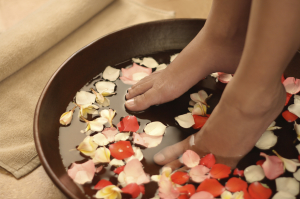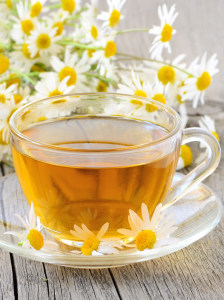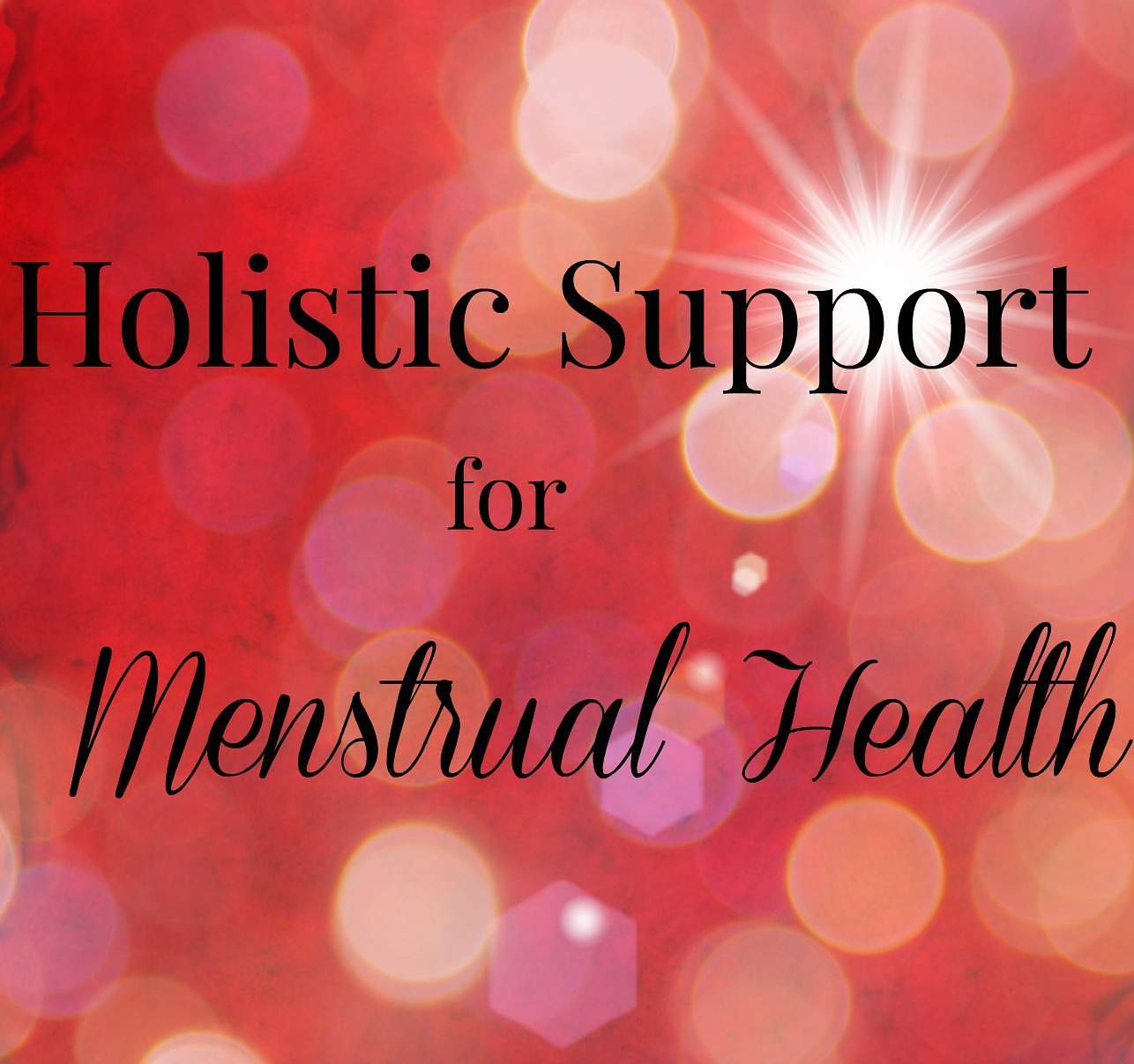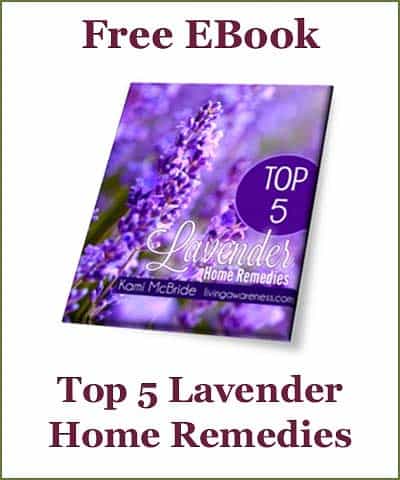Women have between 350 and 500 periods in a lifetime. Time to do some math!
If your monthly period is five days long, each year you spend 60 days menstruating.
You spend 1 ½ or more years out of every ten years of your life bleeding. If you bleed from the time you are twelve years old until 52 years of age, you can spend four to five years or more of your life shedding menstrual blood!
Menstruation is a sign of good health. Sometimes that is hard to believe when there are over one hundred different symptoms that are associated with PMS.
PMS
Prior to and during menstruation, more than 70% of American women experience PMS symptoms at some time in their life.
The medical research around PMS is inconclusive. Every woman is different and there is no decisive medical etiology as to why women have PMS. There is not an agreed upon cause, treatment or theory and the standard medical approach of cause and cure is not working for women.
I believe that nature did not create the menstrual cycle to be a sickness. The menstrual cycle is the nurturer and giver of life. Without menstruation there would be no human life. It was not meant to be riddled with suffering and trouble.
There are many cultures where women don’t experience the PMS symptoms that we do. Why then does our menstrual cycle cause us so much pain?
Menstruation has an inward and downward movement in the body. In a society obsessed with productivity and output, it can be difficult to honor and support the inward energetic nature of menstruation.
The Rhythm of Menstruation
 Women are biological creatures and the menstrual cycle is related to other biological cycles such as the moon cycle, the ebb and flow of the tides and the seasons of the year.
Women are biological creatures and the menstrual cycle is related to other biological cycles such as the moon cycle, the ebb and flow of the tides and the seasons of the year.
Menstruation is an embodied rhythm that reminds us of our humanness and our connection to the cycles of the planet on which we live.
We can cultivate our menstrual cycle as a gift that can help keep us in balance or we can shame it, drug it and try to ignore it.
The current primary practice in relation to menstruation is to plow through it as if nothing is happening. The changing rhythm of our body cycle is not reflected anywhere in the calendar or work schedule.
Menstruation is a built in cycle that provides us with the opportunity to restore and rejuvenate each month. It is a time when the female body releases, regenerates and heals. Menstruation is a natural part of our cycle that can take us into the regenerative and contemplative aspects of the feminine.
U.S. statistics show that more than 60% of American women are sleep deprived. With the epidemic of chronic fatigue and exhaustion related illness, many women find that some of the problems around menstruation are the body letting them know that it would like to have a little down time during this monthly time of releasing and letting go.
All cycles have a waning and waxing rhythm. When we are just constantly on the go, we forget that optimum health requires that we have time to rest and restore.
The menstrual cycle is the perfect guide to help us find balance in our lives of over commitment and consumption. Let menstruation be a resource to help you move from the yang experience of outward expression and achievement to the yin cycle of repose and restoration.
Herbal Remedies
 Simple herbal teas and footbaths can help a woman to work with instead of fight against the constantly changing rhythm of her body.
Simple herbal teas and footbaths can help a woman to work with instead of fight against the constantly changing rhythm of her body.
Each month when you begin menstruation, take a little more rest time and give yourself the gift of an herbal bath or footbath to mark the transition into the more rejuvenative part of your cycle. Check out my eBook on How to Make Healing Herbal Baths.
Chamomile: Chamomile is relaxing and anti-inflammatory. It helps reduce cramps, relaxes muscle tension and spasms, improves digestion and calms anxiety. A couple cups of warm chamomile tea and a nice nap can do wonders for menstrual tension.
Dandelion: A nutrient rich herb full of vitamin A, potassium and iron. Two cups of warm dandelion root tea a day helps to relieve many menstrual ailments such as bloating, water retention, swollen breasts, muscle spasms, acne, anemia and inflammation.
 I mix dandelion and chamomile together in High Tide tea.
I mix dandelion and chamomile together in High Tide tea.
I put some oatstraw in this formula because of its mild flavor and relaxing benefits.
Enjoy a cup of warm High Tide Tea the next time your flow comes around. Here’s the recipe…
High Tide Tea
Ingredients
- 3 cups water
- 1 tablespoon dandelion root
- 1 tablespoon oatstraw
- 1 tablespoon chamomile
Instructions
- Put herbs and water into a stainless steel pot
- With the lid on bring the herbs to a boil and then turn off the heat
- Let the herbs continue to steep for two hours
- Strain the herbs from the tea
- Re-heat the tea and drink two cups a day during menstruation






Thank you for this Kami. Just in time to help my daughter.
Hello Kami, This recipe looks intriguing and I would love to try it. Unfortunately, I have a gluten sensitivity. Should I avoid oatstraw? If so is there a substitution that you recommend?
Hi Kathryn,
You could use rose hips or fennel seed in place of the oatstraw
I really found this article helpful. Thanks
beautiful, and important, thank you for this information and support.
Thank you for writing this article, Kami. Menstruation is one of my favorite topics. Being proactive about it and seeing it as a blessing instead of a curse has helped me at so many levels. We women need to start taking care of ourselves and appreciate out natural rhythms and cycles. One of the things I did many years ago when I started to change my view about menstruation was to ditch the disposable pads and buy organic washable ones. Seriously, it has been wonderful.